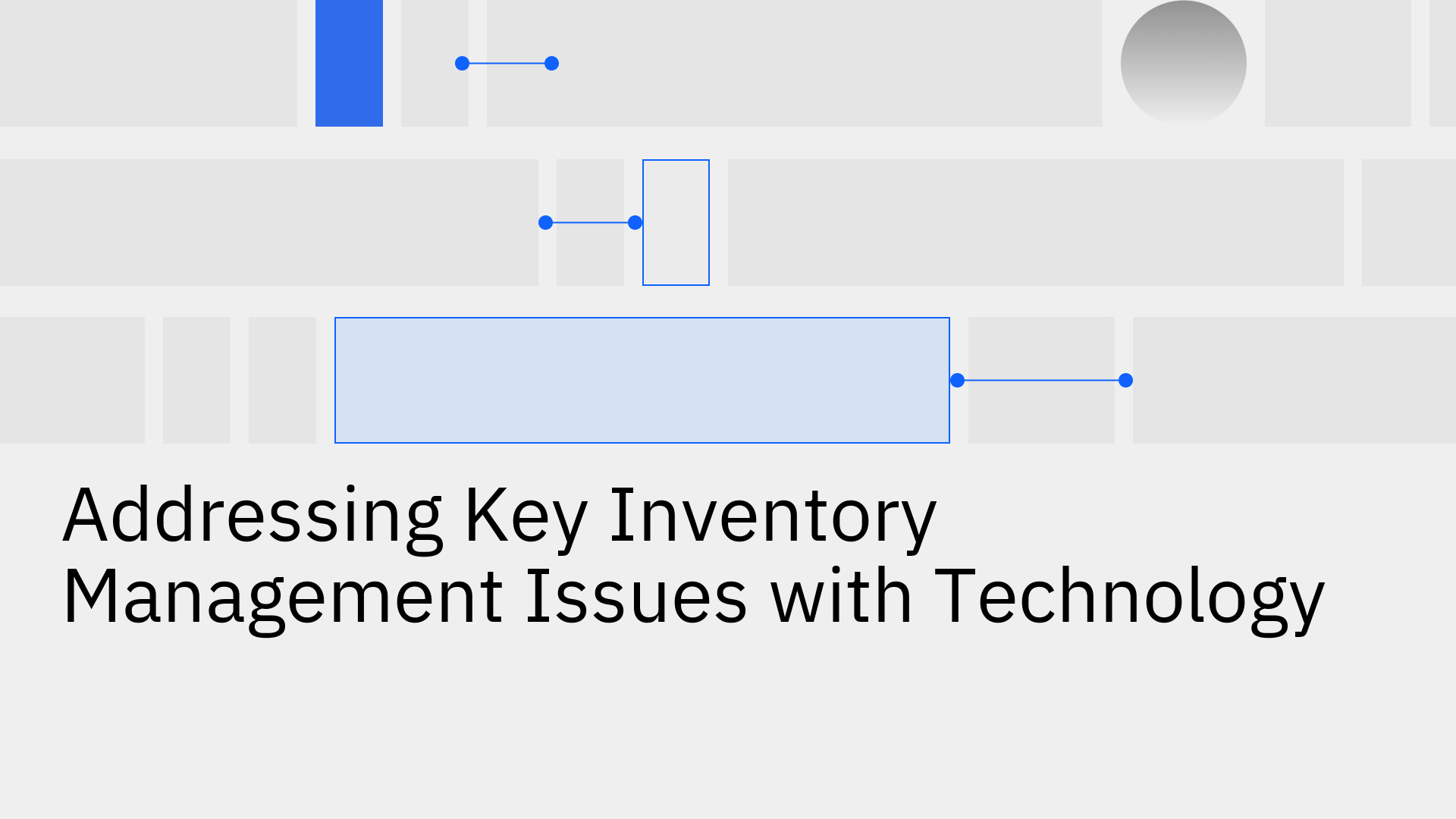
For e-commerce businesses operating at scale, the technical stack is the backbone of operations. Using Shopify for a high-performance storefront and NetSuite as a robust ERP for back-office management is a powerful combination. However, a critical technical challenge arises: ensuring seamless, real-time data synchronization between these two essential systems. Without it, businesses face significant operational inefficiencies, including inaccurate inventory levels, fulfillment delays, and a compromised customer experience.
The core problem is data inconsistency. When inventory, order, and customer data exist in silos within Shopify and NetSuite, the risk of error is high. Manual data entry is not scalable and is prone to human error. Inefficient integrations lead to latency, resulting in overselling popular items or showing products as out-of-stock when inventory is available. These issues directly impact revenue and brand reputation. Addressing this requires a reliable, purpose-built integration strategy.
The fundamental issue with a disconnected Shopify and NetSuite environment is the lack of a single source of truth. When a sale occurs on Shopify, that information must be instantly reflected in NetSuite’s inventory records. Conversely, when new stock is received into a warehouse and logged in NetSuite, the Shopify storefront must be updated immediately to make that inventory available for sale.
Failure to maintain this data parity leads to critical operational failures:
To solve these challenges, businesses typically consider several Shopify NetSuite sync options, each with distinct technical trade-offs.
These options often force a choice between high cost and complexity (custom code), limited functionality (native connectors), or performance compromises (generic iPaaS).
Stacksync is engineered to overcome the limitations of conventional integration methods. It is not a generic connector; it is a purpose-built data synchronization platform designed specifically for operational systems like NetSuite and Shopify. Stacksync provides a reliable, real-time, and truly bi-directional sync that aims to guarantee data consistency across your entire operational stack.
By focusing exclusively on synchronizing operational data, Stacksync addresses the core technical challenges head-on:
inventory_management fields are properly aligned[1].Implementing Stacksync to connect Shopify and NetSuite moves data integration from a persistent operational problem to a strategic advantage. The benefits are tangible and impact the entire organization.
With real-time, bi-directional synchronization, your Shopify storefront always displays the correct stock levels from NetSuite. This eliminates overselling, prevents stockouts of available products, and builds customer trust.
Orders placed on Shopify, including customer data and refund information, are automatically and accurately imported into NetSuite. This automates the entire fulfillment workflow, from order processing to shipping and financial reconciliation, reducing manual effort and accelerating revenue recognition.
By eliminating manual data entry and the need for constant integration maintenance, Stacksync frees up your engineering and operations teams. They can stop firefighting data issues and focus on high-value initiatives that drive business growth.
Stacksync empowers your business with a unified, consistent view of your data across all systems. This reliable data foundation enables more accurate reporting, better demand forecasting, and more confident strategic decision-making.
For businesses leveraging the power of Shopify and NetSuite, choosing the right sync option is a critical technical decision. While custom code, native connectors, and iPaaS solutions present options, they come with inherent compromises in reliability, performance, or complexity. Stacksync provides a focused, purpose-built solution that aims to guarantee data consistency, empowering you to scale your operations with confidence.